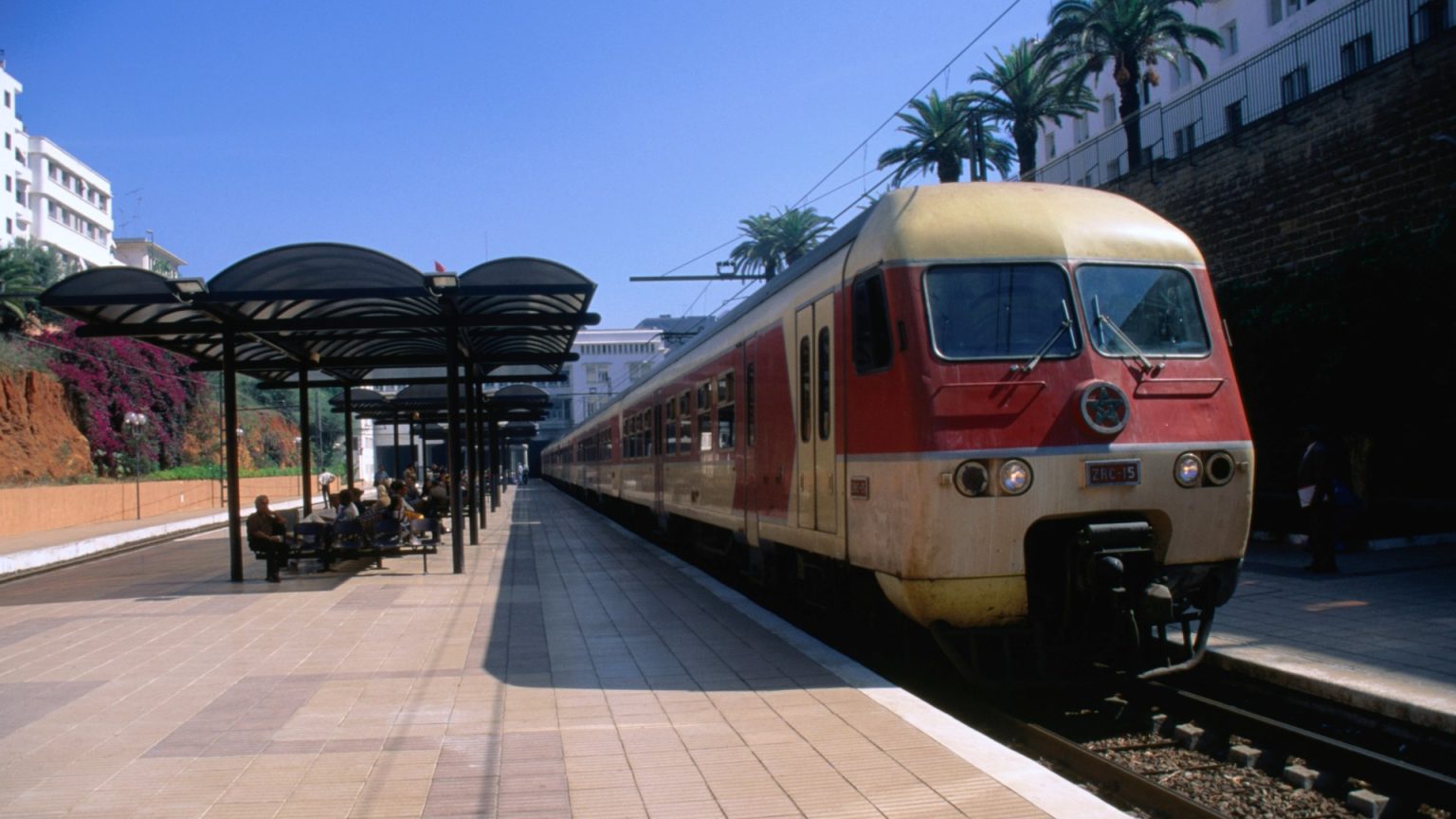Morocco is embarking on a transformative journey to revolutionize its railway network, aiming to significantly expand its reach and efficiency by 2040. This ambitious undertaking, projected to cost £7.7 billion, envisions a future where 43 cities are interconnected by rail, a substantial increase from the current 23. The plan includes the addition of 2,300 miles of new track, connecting popular tourist destinations like Casablanca, Rabat, and Marrakech, further solidifying Morocco’s position as a desirable travel destination. Central to this plan is the construction of a high-speed rail line linking Kenitra and Marrakech, estimated to cost £4.3 billion. This high-speed connection promises to drastically reduce travel times, with the journey between Tangier and Marrakech shrinking from seven hours to just under three. The long-term vision even includes extending this high-speed line to Agadir, further enhancing accessibility and connectivity throughout the country.
Beyond connecting major cities, the project aims to significantly broaden access to public transportation for the Moroccan population. The goal is to extend public transport access to 87% of the population, a substantial leap from the current 51%. This will be achieved not only through expanded rail lines but also through enhanced integration with other modes of transportation. The plan includes connecting 12 international airports and 12 ports to the rail network, a marked improvement from the current single airport and six ports accessible by train. This comprehensive approach will facilitate seamless travel experiences for both domestic and international passengers, boosting tourism and economic activity.
A key component of the railway expansion project is the modernization of rolling stock. The plan calls for the acquisition of 18 new high-speed trains and 150 multi-service trains, significantly upgrading the existing fleet and increasing capacity. This investment in modern, efficient trains will not only reduce travel times but also enhance passenger comfort and the overall travel experience. Furthermore, the initiative includes the redevelopment of approximately 40 existing railway stations, modernizing facilities and improving passenger services. These combined improvements will contribute to a more efficient, comfortable, and reliable railway system across Morocco.
The project’s impact extends beyond infrastructure upgrades, promising significant economic benefits for the country. The construction and operation of the expanded railway network are projected to generate around 300,000 new jobs, providing employment opportunities and boosting economic growth. This large-scale investment in infrastructure will have a ripple effect throughout the economy, stimulating related industries and creating a positive feedback loop for development. Moreover, the improved transportation system will facilitate trade and commerce, further contributing to economic prosperity and enhancing Morocco’s competitiveness on the global stage.
The timing of this ambitious project aligns strategically with Morocco’s co-hosting of the 2030 FIFA World Cup, alongside Spain and Portugal. The influx of tourists expected for the tournament necessitates a robust and efficient transportation system. The planned improvements, including the extension of the high-speed line to Marrakech via Casablanca International Airport, aim to address this need and ensure a smooth and enjoyable experience for visitors. The enhanced connectivity will allow fans to easily travel between match venues located in cities like Agadir, Casablanca, Fez, Marrakech, Rabat, and Tangier, showcasing Morocco’s modern infrastructure and hospitality to the world.
Looking further into the future, there are even more ambitious plans on the horizon, including a potential underwater tunnel connecting Morocco to Spain. This ambitious project, first proposed in 1979, would establish a 17-mile route linking Madrid and Casablanca, with high-speed trains covering the distance in approximately 5 hours and 30 minutes. While still in the conceptual stages, this tunnel represents the forward-thinking approach Morocco is taking towards transportation infrastructure, envisioning seamless connectivity and fostering closer ties with Europe. This continued investment in its transportation network underscores Morocco’s commitment to modernization and its ambition to become a leading player in regional and international travel.




